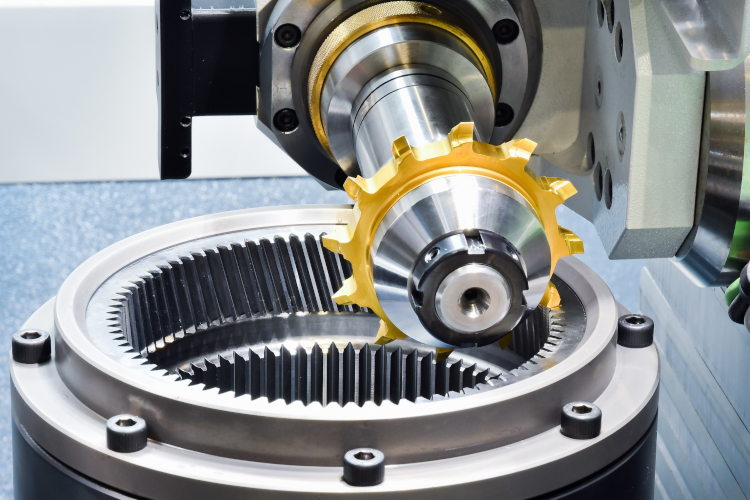But in the world of
gear manufacturing, one of our most significant roles – for which we are
accountable – is to produce reliable gears, gears that are worth their asking
price and which will do the job they were intended to do. These gaps, the
organization of knowledge, the current demand in the field, and real
socio-economic needs make up the foundation to determine new realms of
scientific development for the future in the manufacturing technologies of spur
gears and cutting tools. Therefore, gear cutting tools manufacturers
suffer from reduced tool change downtime, which means high productivity and low
operational cost. This means that companies are able to achieve consistent
product quality due to the longer tool life achieved.
Engineering
and testing
All these qualities can
be achieved and made perfect if your gear manufacturer does much of the work in
engineering and testing. It makes design from the ground up, and if you have a
solid engineering background, you will know very well how to make a perfect
gear that can do the job without even thinking about it. You have to check your
gears for hardness, pitch, spacing, and all the other qualities, and you will
find out that they are perfect for the job without even leaving the factory.
Machining must be precise in the cutting and finishing if you desire good
performance from the gears.
Cost-effectiveness
Though carbide-cutting
tools are initially more costly than traditional tools, in the long run,
cost-saving is achieved. To give you an idea, carbide inserts can cost from a
few dollars to several hundred dollars for each piece. The toughness and
performance of carbide tools result in a lower frequency of replacement and
time losses. Rectangle The total cost of ownership is therefore lowered.
Further, better-cutting performance of carbide tools, improved product quality,
reduced defects, and several times less scraping work contribute to cost
reduction.
Transmitting
power
One of the most
important functionalities of gears is that they are capable of transferring
power between coupled elements without facing issues from slippage. A very
common example of this can be seen in lathe machines, where gears are used to
connect the motor and shaft in such a way that proper power can be transferred,
helping the chuck move efficiently.
Tool
requirements
The power
skiving cutters need to be designed in such a way that
they will produce the correct tooth form. By the nature of the process, every
tool will make a given module or DP and a given tooth count. It is not like
hobbing, where the same hob can produce several tooth counts; rather, it is
more like a disc cutter, whereby every disc will make a particular tooth form.
The right choice of machine for the machining process is important since power
skiving is a demanding operation; minute errors in synchronization or rigidity
will soon affect the quality of the gears or, worse, crash. Small mistakes in
synchronization will lead to waviness on the gear flanks. A machine can be
perfectly capable of turning or doing some turn-milling, but power skiving
requires a whole other level of synchronization.

